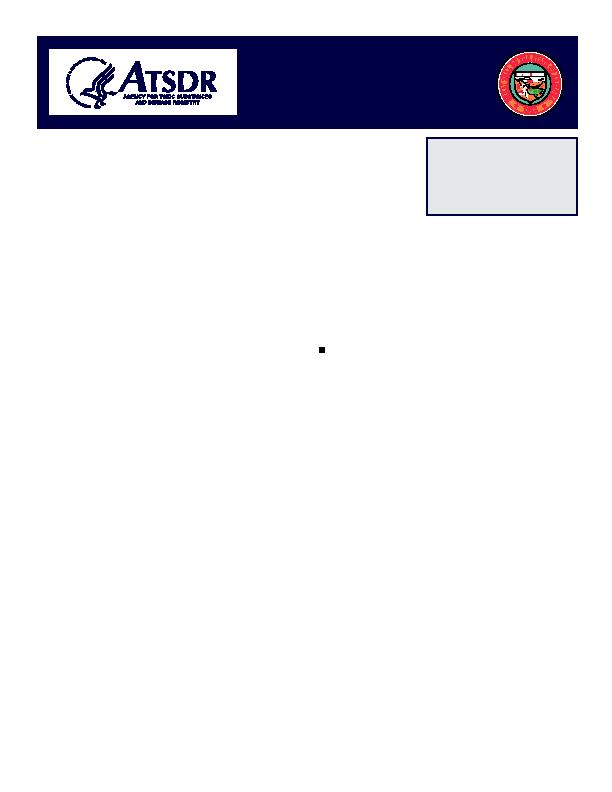
Activities in
Arizona
ATSDR in Partnership With
threat to public
ATSDR awarded more
health might
Arizona
than 5,000 in the last
exist. A public
2 years in direct funds and
The Agency for Toxic Substances and Disease
health assessment
services to Arizona.
Registry (ATSDR) is the lead public health agency
is a written,
responsible for implementing the health-related
comprehensive
provisions of the Comprehensive Environmental
evaluation of available data and information about the
Response, Compensation, and Liability Act of 1980
release of hazardous substances into the environment
(CERCLA). ATSDR is an Atlanta-based federal
in a specific geographic area. Such releases are
agency with more than 400 employees and a budget
assessed for past, current, or future impact on public
for 2004 of approximately million. ATSDR
health. ATSDR, in collaboration with public health
assesses the presence and nature of health hazards at
and environmental officials from Arizona, has
specific Superfund sites, helps to prevent or reduce
conducted 25 public health assessments in the state,
further exposure and illnesses resulting from those
including the following recent example.
hazards, and expands the knowledge base about the
Rodeo-Chediski Fire--The Rodeo-Chediski
health effects of exposure to hazardous substances.
fire in 2002 was the largest wildfire in Arizona
ATSDR works closely with state agencies to carry
history. Fortunately, no lives were lost. However,
out its mission to serve the public by using the best
from June 18 to July 9, 2002, the fire destroyed
science, taking responsive public health actions,
over 490 structures and 467,000 acres of
and providing trusted health information to prevent
ponderosa pine and pinyon-juniper woodland.
harmful exposures and disease related to toxic
Jurisdictions involved included the Fort Apache
Indian Reservation, the Apache-Sitgreaves
grants, ATSDR provides funding and technical
National Forest, the Tonto National Forest,
assistance to states and other partners to identify
and private lands. At the U.S. Forest Service's
and evaluate environmental health threats to
recommendation, more than 30,000 residents
communities. These resources enable state and local
were evacuated. Most evacuees stayed in
health departments and other grantees to further
Red Cross shelters or with family and friends
investigate environmental health concerns and to
in nonevacuated areas, but large informal
educate communities. In fiscal years 19902003,
recreational vehicle encampments also formed
ATSDR awarded more than million--more than
throughout Navajo and Apache counties. These
5,000 in the last 2 years--in direct funds and
encampments included makeshift corrals and
services to Arizona for comprehensive support of
kennels that housed hundreds of livestock, horses,
its environmental health unit. In addition to direct
and family pets.
funds and services, ATSDR provides technical and
A public health assessment released in September
administrative guidance for state-conducted site
2003 described the fire events, summarized the
activities.
resulting public health effects from the fire,
and provided the foundation for the Arizona
ATSDR Site-Specific Activities
Department of Health Services (ADHS) and the
Public Health Assessment-Related Activities
Arizona Department of Environmental Quality
(ADEQ) to establish joint air-quality criteria for
One of ATSDR's important mandates is to conduct
issuing smoke-related public health advisories and
evacuation orders.
List (NPL) sites and of other sites where a significant



 Previous Page
Previous Page
